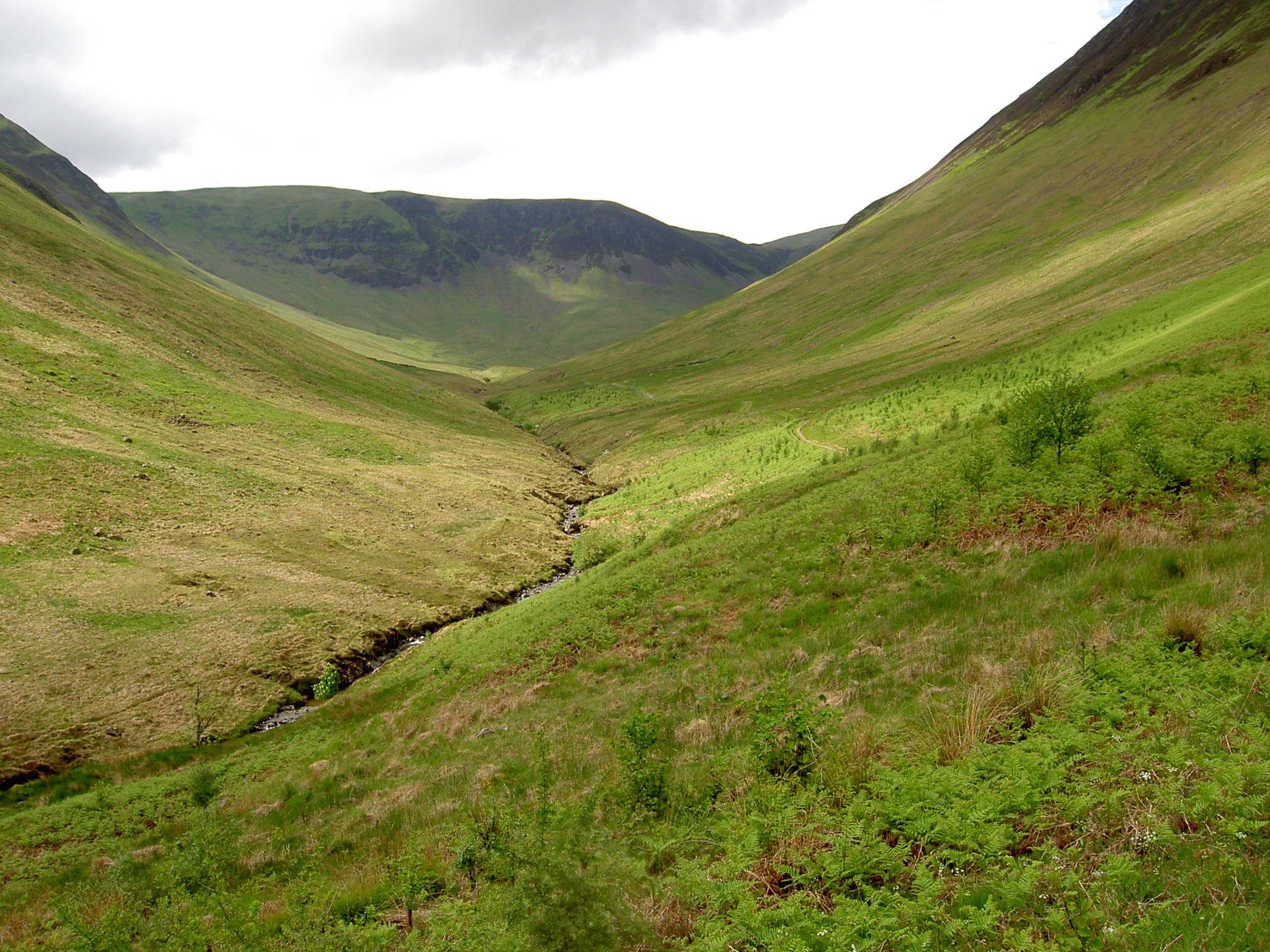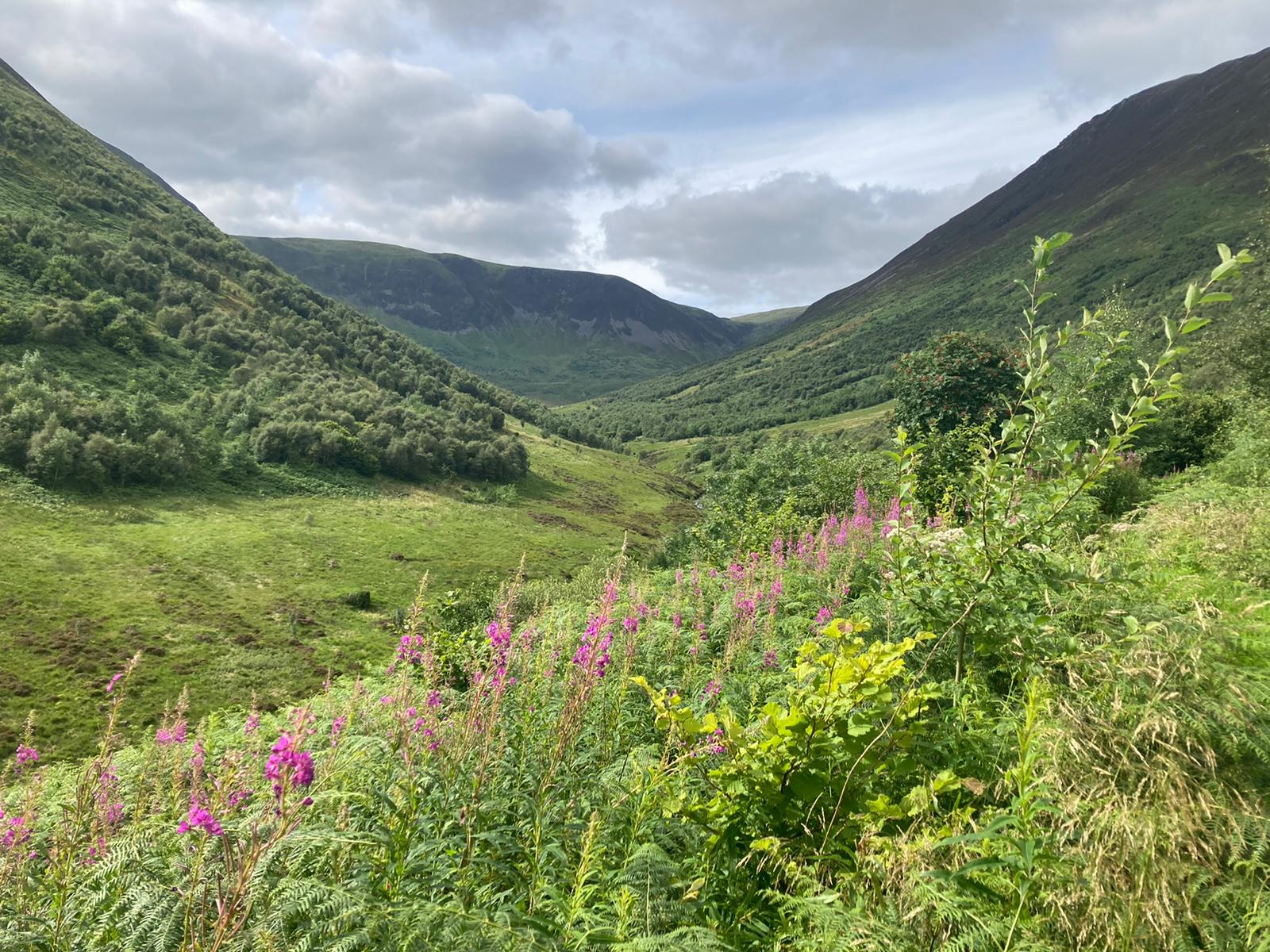Rewilding: Before and after photos reveal stunning transformation of Scottish glen
Area once overgrazed by livestock now thriving ecosystem full of wildlife
Your support helps us to tell the story
From reproductive rights to climate change to Big Tech, The Independent is on the ground when the story is developing. Whether it's investigating the financials of Elon Musk's pro-Trump PAC or producing our latest documentary, 'The A Word', which shines a light on the American women fighting for reproductive rights, we know how important it is to parse out the facts from the messaging.
At such a critical moment in US history, we need reporters on the ground. Your donation allows us to keep sending journalists to speak to both sides of the story.
The Independent is trusted by Americans across the entire political spectrum. And unlike many other quality news outlets, we choose not to lock Americans out of our reporting and analysis with paywalls. We believe quality journalism should be available to everyone, paid for by those who can afford it.
Your support makes all the difference.In recent years people have increasingly heard of rewilding, but may not have seen the scale of the transformation it can have on a landscape.
But new before-and-after pictures of a glen in southern Scotland show the astonishing changes which can take place in a relatively short amount of time when nature is allowed to return.
The area in question is called Carrifran – a 1,600-acre ice-carved valley in the Moffat Hills in the southern uplands of Scotland – one of the country’s least populated regions.
In 1996, plans were put together by the Borders Forest Trust to restore woodland in the glen, and on 1 January 2000, the first trees were planted, and a boundary fence was erected to stop deer from grazing on the saplings.
Fast forward 22 years and the impact is enormous. What was once a denuded landscape barren of almost all life is now a thriving ecosystem replanted with native species of trees.
The tree cover has prompted the return of an array of species. According to Rewilding Britain, which runs the Rewilding Network, which includes Carrifran, “Willow warblers, chaffinches, blackcap, long-tailed tit, siskin, lesser redpoll and tree pipit have returned to the valley.
“Foxes and badgers are now common, and otters, stoats, weasels, kestrels, peregrines and ravens are all taking advantage of the restored landscape.”

As well as boosting biodiversity, the trees and undergrowth slow down surface water run-off, reducing flood risks, and also sequester atmospheric carbon, helping to tackle the worsening climate crisis.
Overgrazing by sheep and deer is a major barrier to the regeneration and health of woodlands in the UK and other countries. Both species target the shoots and leaves of young trees and shrubs, preventing them from growing.

According to the Borders Forest trust at Carrifran, “the natural ecology has been degraded by centuries of grazing on fragile hill land”.
The rewilding project is now bringing back the tree species and many of the animals which would have existed in this area thousands of years ago.
Rewilding Britain spokesperson Richard Bunting told The Independent: “The stunning and ongoing transformation of the landscape at Carrifran Wildwood really is a beacon of hope. It’s an inspiring illustration of how communities and volunteers can make a tremendous and long-lasting impact in tackling the biodiversity and climate crises, and how nature can bounce back if we give it the chance.
“Britain remains one of Europe’s least wooded countries, and we urgently need to turn this around. Carrifran shows what is possible. Native woodlands are returning thanks to a mix of tree planting and natural regeneration, and a renewed ecosystem is benefitting all sorts of wildlife while offering a cascade of benefits for people.”
He added: “We need so much more of this in Britain, so that we can ensure nature recovery across at least 30 per cent of the country by 2030.”

Join our commenting forum
Join thought-provoking conversations, follow other Independent readers and see their replies
Comments